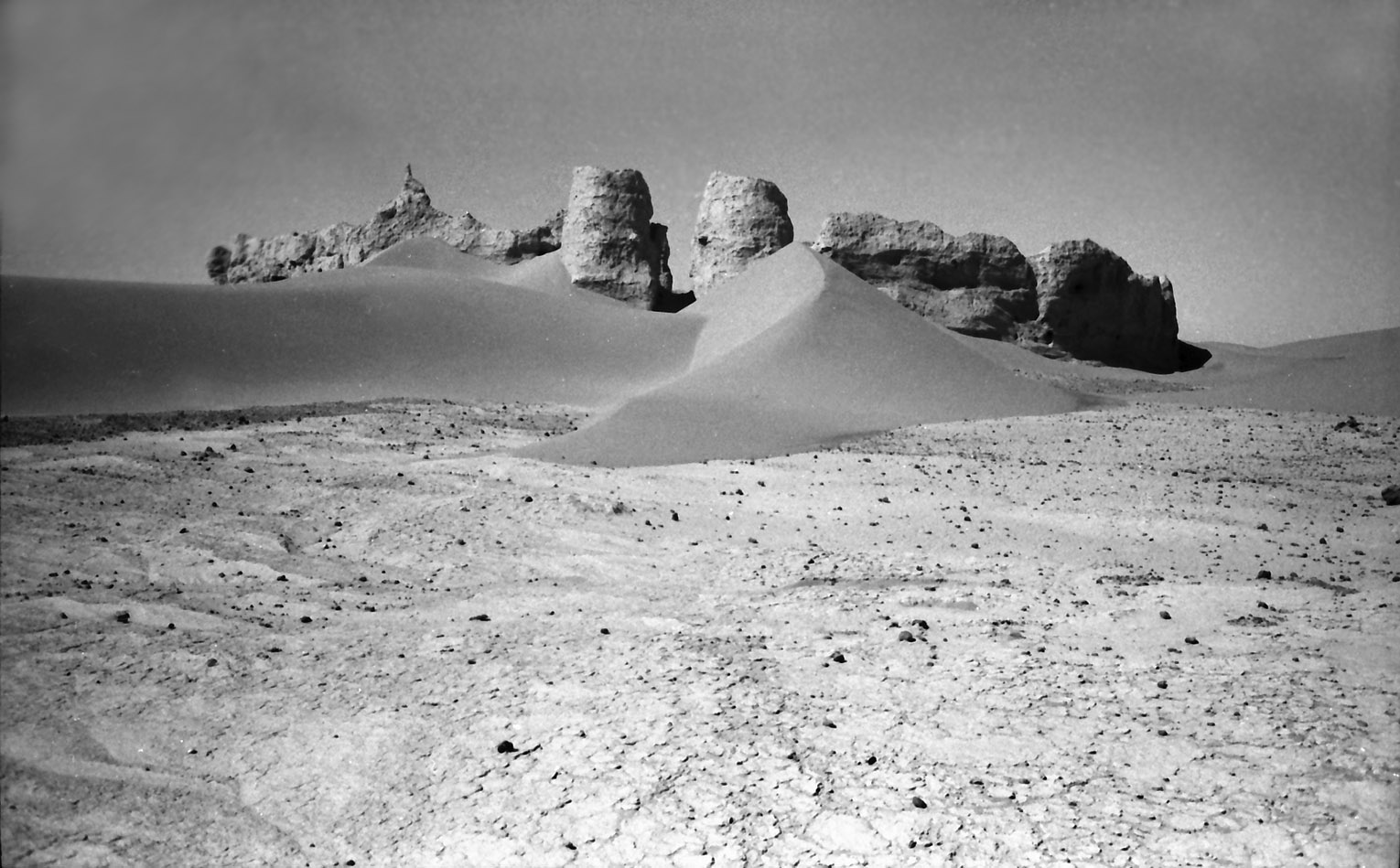We Discovered…
- a multi-cultural population hosting numerous contemporaneous religious traditions—Greek, Buddhist, and Zoroastrian—in the early centuries of the modern era
- a previously unknown Early Iron Age culture dating to about 1000 BCE, advanced enough to construct and maintain hundreds of miles of canals irrigating the extensive Sar-o-Tar Plain east of the Helmand River Valley
- archaeological confirmation of the assumption that the Helmand River was a major route between Mesopotamia, Central Asia, and the Indus Valley during the Bronze Age
- dense agriculture settlement in the region during the Parthian and Sasanian eras, 1st century BCE to 7th century CE, containing probably the largest population the area ever had
- the sources, production areas, and methods of an enormous ancient copper industry
- the westernmost religious shrine from the early expansion of Buddhism, Khane Gauhar
- two western-style temples along the Helmand Valley in an area for which there is little archaeological evidence of Greek presence
- extensive building of monumental and defensive structures by the local Saffarid dynasty in the 9th through 12th centuries CE
- an entire rural settlement system of the 15th century CE Timurid period, still standing untouched in what is now a dune-covered desert



